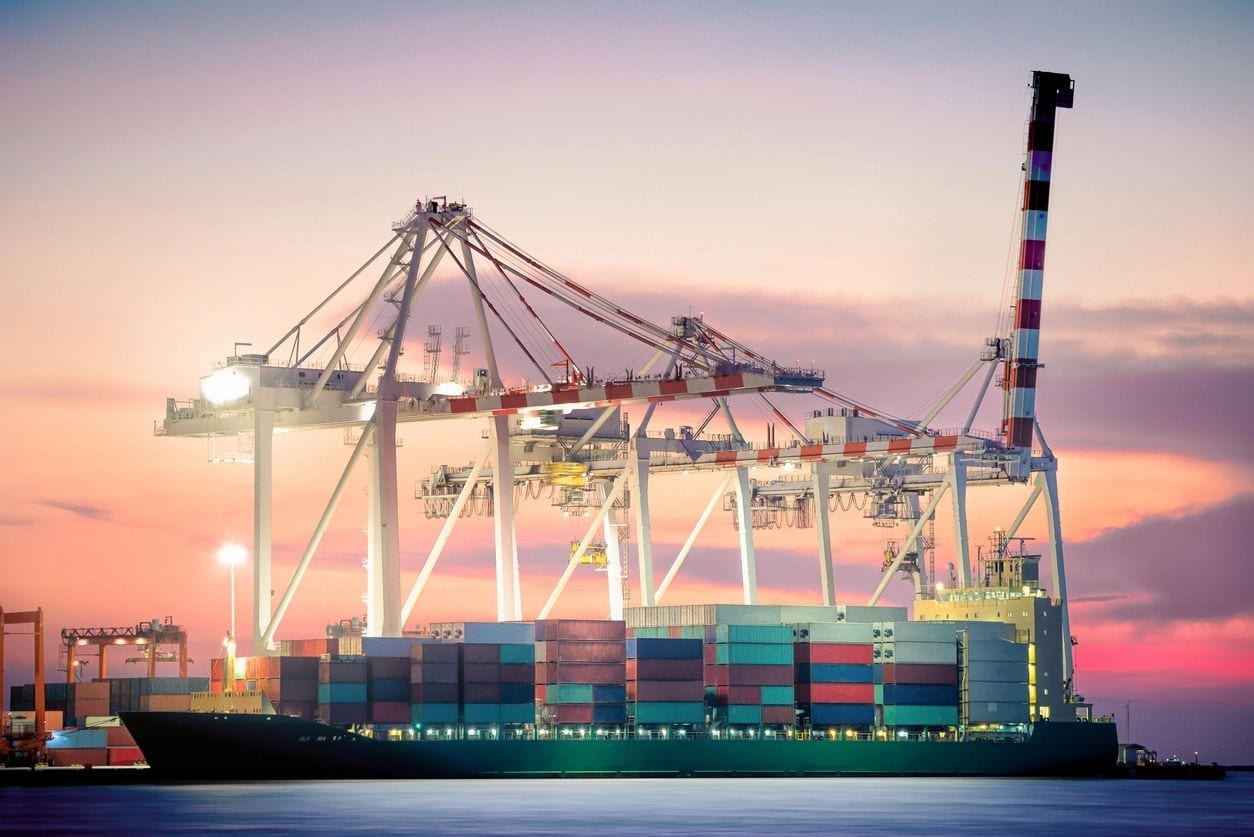
Preventing Human Trafficking at Seaports
A seaport never sleeps. Cargo shipping is vital for keeping supply chains moving and the country fed and well-supplied during the current pandemic. Port employees have continued working throughout the pandemic. They’ve not shut down like so many industries have.
Another industry that has never shut down is human trafficking. In fact, as much of the world has turned its attention to the COVID-19 pandemic, the crime of human trafficking has been able to flourish.
Although it is quietly hidden, human trafficking thrives during times of chaos and vulnerability. The maritime community can benefit from an improved understanding of human trafficking and learning how employees at seaports can play a key role in helping vulnerable people.
Victims of human trafficking include children, women and men who are subjected to sexual exploitation or forced labor through the use of force, fraud or coercion. At seaports in particular, traffickers can take advantage of discrepancies in maritime law in order to exploit their victims, making a tremendous profit.
It is easier for traffickers to operate at sea. Especially in the COVID-19 era, crewmembers can be forced to work long hours, manipulated into extending their contracts, be paid less than they agreed to work for, or see their wages withheld entirely.
It is not just labor trafficking that seaports need to watch for. Sex trafficking can happen at ports as well. Survivors of human trafficking report that sailors can be sex buyers. In these instances, the sex buying can happen at port facilities or onboard docked ships. The U.S. Department of Justice Human Trafficking Task Force reports that 83 percent of U.S. sex trafficking victims are U.S. citizens, and that the average age a victim is first exploited for commercial sex is between 12-14 years old.
Read more here.
